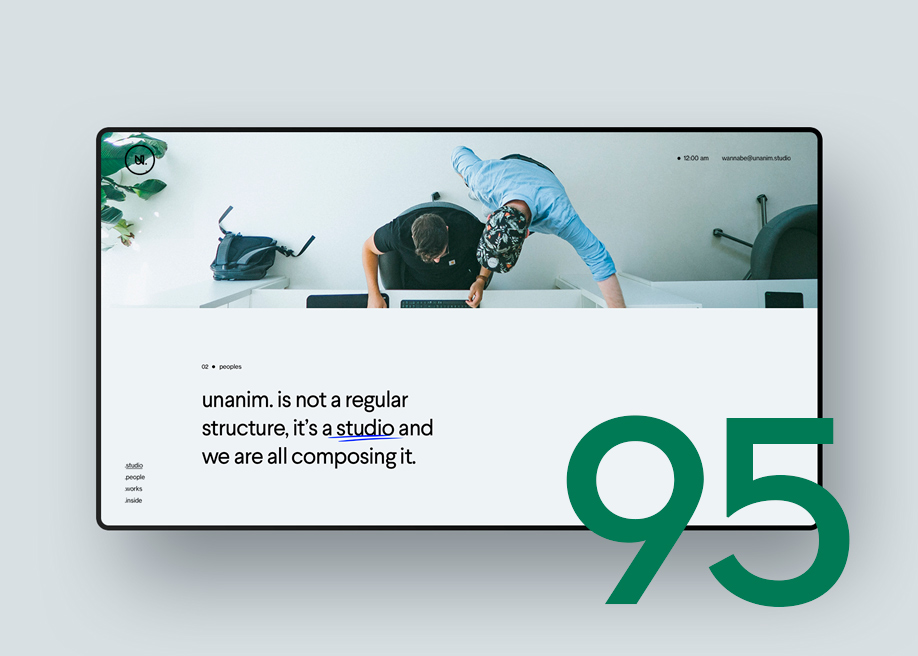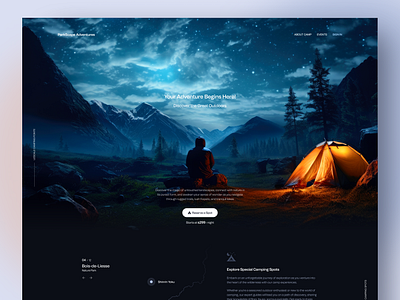Just How Reliable Website Design Can Increase User Experience and Conversions
In the increasingly affordable electronic landscape, reliable web style plays a pivotal duty in boosting individual experience and driving conversions. As we explore the vital components that add to successful internet layout, it ends up being obvious that the effect on customer fulfillment and conversion rates is profound.
Value of User-Centric Style
In the world of website design, prioritizing user-centric design is extremely important for developing reliable digital experiences. This method concentrates on understanding the requirements, preferences, and actions of individuals, making sure that electronic interfaces are intuitive and available (Web design). By incorporating customer responses right into the style procedure, internet designers can craft experiences that resonate with their target market, eventually bring about raised engagement and satisfaction
User-centric design highlights functionality, which is essential for lessening and retaining users bounce prices. When users can browse a web site effortlessly, they are more likely to discover its content and transform right into customers. A user-centered method promotes trust and reliability, as users feel that their demands are valued and dealt with. This not only enhances their experience however additionally encourages brand commitment.

Key Components of Effective Format
Efficient design functions as the foundation of user-centric web design, converting customer needs right into aesthetic structures that assist in communication. An efficient format focuses on content with a clear pecking order, directing users' eyes to important details. This pecking order is commonly established using color, dimension, and spacing, making sure that essential components attract attention.
An additional crucial element is using whitespace, which avoids overcrowding and boosts readability. Web design. Whitespace allows elements to take a breath, making the general design show up cleaner and much easier to navigate. In addition, uniformity in design aspects, such as font styles and shades, promotes familiarity and trust fund, making it possible for users to browse the site with better simplicity
Grid systems can also be very useful, supplying a framework that lines up content rationally and aesthetically. This placement improves the customer experience by creating a structured aesthetic flow. Adaptability in design-- like receptive design-- makes sure that websites carry out well throughout various devices, catering to diverse user choices.
Inevitably, a reliable design not just captivates individuals but likewise urges them to involve even more deeply, inevitably driving conversions and satisfying organization objectives. By concentrating on these crucial elements, designers can create designs that reverberate with users and improve their general experience.
Navigational Ideal Practices
User-friendly and clear navigating is vital for boosting customer experience on a site. A well-structured navigating system permits customers to locate details rapidly, which directly impacts their contentment and chance of conversion - Web design. Implementing an ordered framework is vital; use groups and subcategories that logically team related content, making it easier for visitors to discover
Ensure that buttons, food selections, and links keep uniformity in design, shade, and positioning across all web pages, offering customers with a familiar structure as they browse. Instead of common terms, choose for clear labels that properly show the material, aiding customers in making notified choices.

Mobile Responsiveness and Access

Ease of access, on the various other hand, concentrates on making sites useful for people with impairments. This consists of sticking to standards such as the Web Content Access Guidelines (WCAG), which resolve problems like shade comparison, message size, and key-board navigation. By applying these standards, web designers can produce comprehensive experiences that satisfy a wider target market, therefore boosting customer engagement and satisfaction.
In addition, mobile responsiveness and availability not only boost customer experience however also positively effect internet search engine rankings. Online search engine prioritize accessible and mobile-friendly websites, making them most likely to show up in appropriate search results page. Investing in these aspects of internet layout not just meets customer demands yet additionally contributes to general company success through increased exposure and boosted conversion prices.
Determining Success Via Analytics
Tracking individual communications and habits with analytics is crucial for examining the success of a web site. By leveraging tools such as Google Analytics, companies can gather crucial data that reveals exactly how individuals engage with their website. Metrics such as bounce prices, typical session duration, and conversion rates supply understandings right into customer behavior and can highlight areas for improvement.
Understanding customer demographics straight from the source and web traffic sources further improves Click Here a web site's efficiency. This information allows internet developers to customize web content and layout aspects to much better fulfill the requirements of their target market. Furthermore, tracking specific user journeys helps recognize potential traffic jams in the conversion channel, making it possible for organizations to maximize their website design accordingly.
A/B testing various style aspects can give concrete evidence of what resonates with users, permitting for educated decisions based on real-world performance. Eventually, determining success with analytics not just enhances individual experience however additionally drives conversions, making sure that web layout efforts line up with service purposes.
Verdict
To conclude, effective website design plays a critical function in improving customer experience and driving conversions. By focusing on user-centric concepts, applying vital format components, and ensuring intuitive navigation, websites can engage a varied audience. Mobile responsiveness and access more add to a smooth interaction for all customers. Inevitably, gauging success via analytics permits for constant improvement, making sure that style techniques remain aligned with individual demands, consequently promoting company growth and success. read the full info here
In the progressively competitive electronic landscape, efficient web layout plays a pivotal role in boosting user experience and driving conversions. By incorporating individual responses into the layout process, internet designers can craft experiences that reverberate with their target audience, ultimately leading to enhanced involvement and complete satisfaction.
Ultimately, the importance of user-centric style lies in its capacity to develop purposeful communications that drive conversions and foster long-term connections with customers, making it a crucial component of effective web style strategies.
Inevitably, gauging success through analytics not just enhances customer experience yet also drives conversions, making sure that internet style initiatives align with service objectives.In final thought, reliable internet style plays a crucial role in boosting user experience and driving conversions.